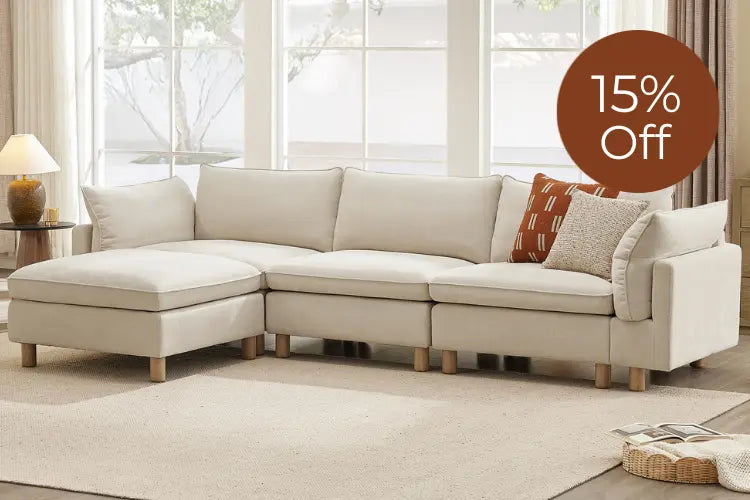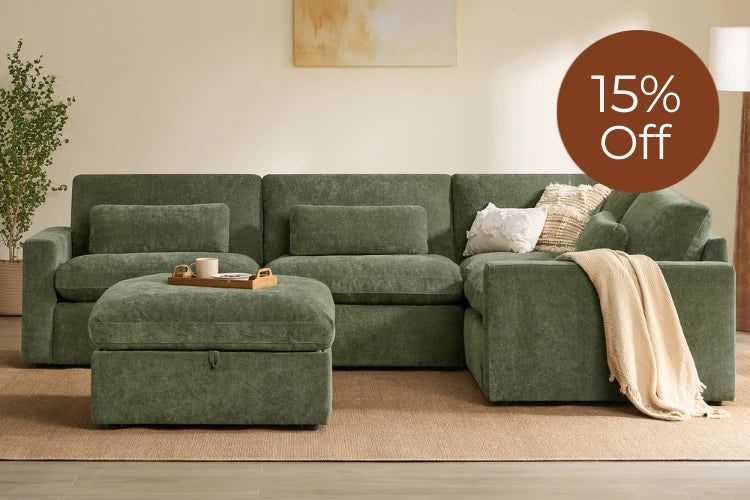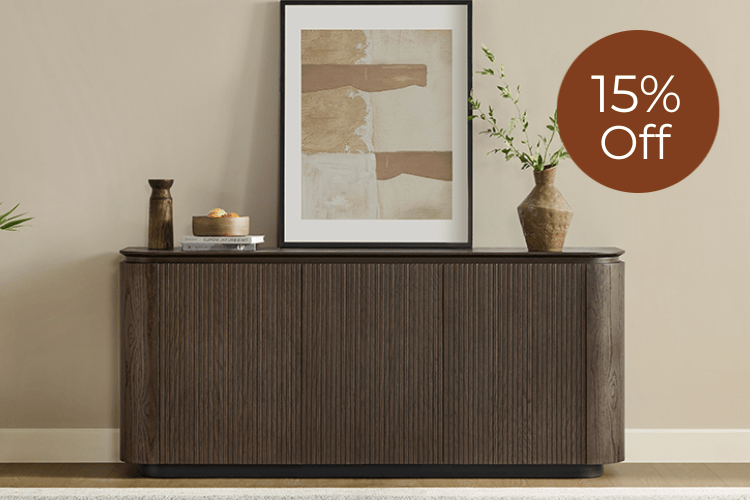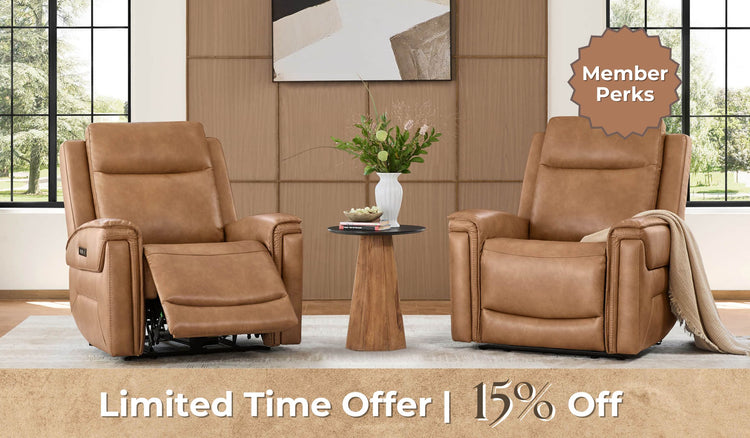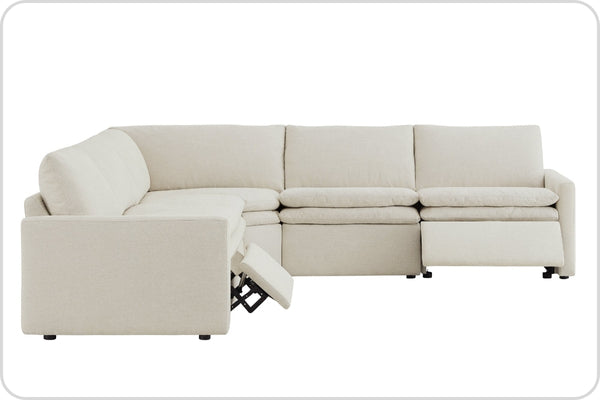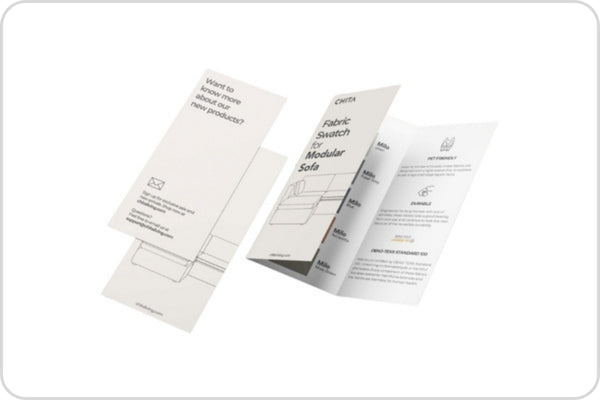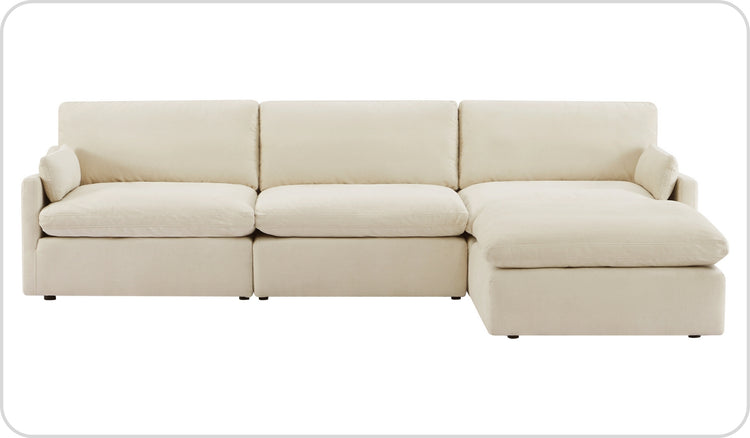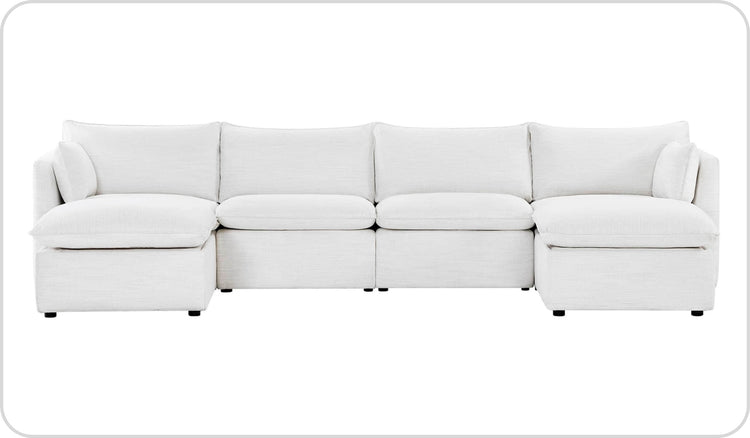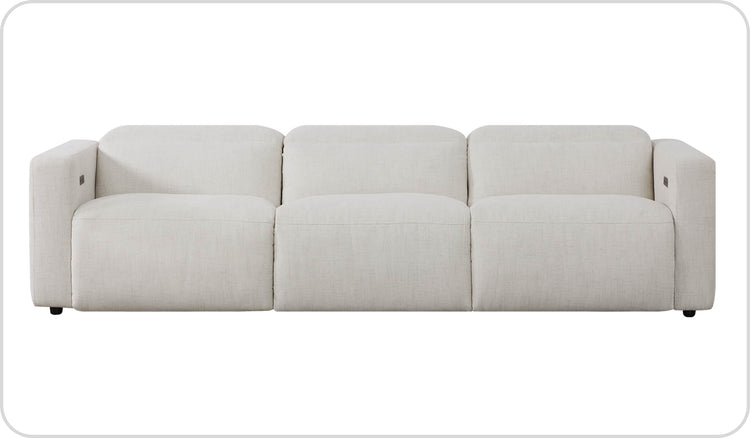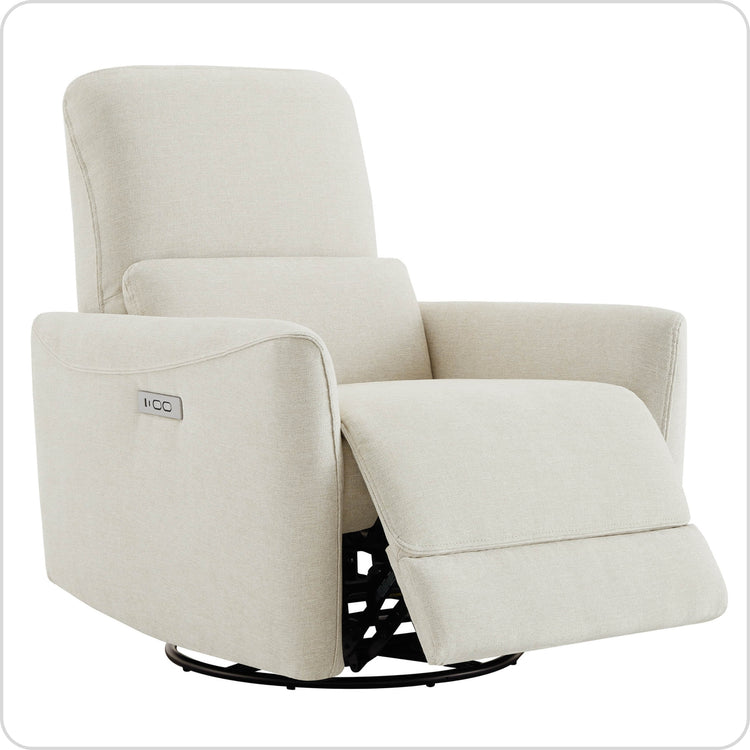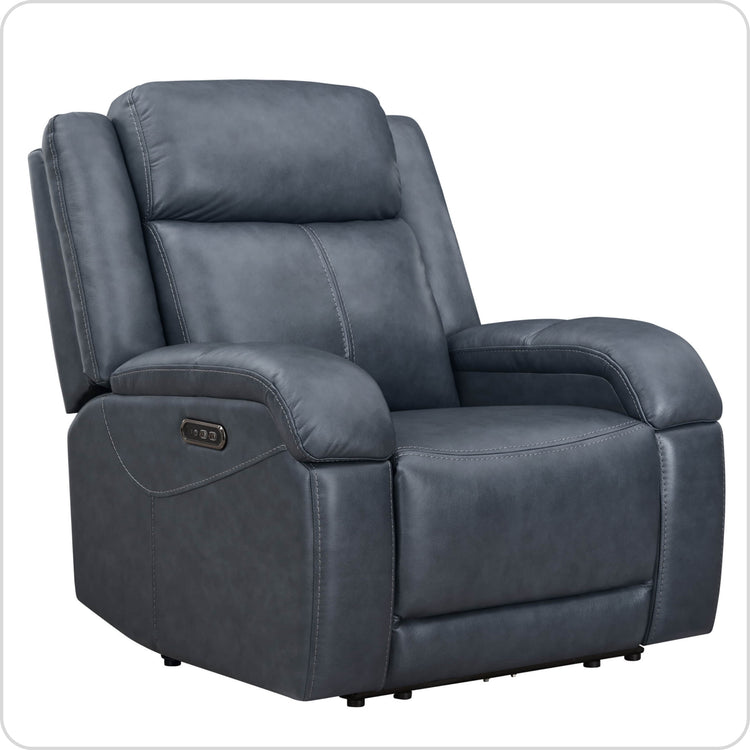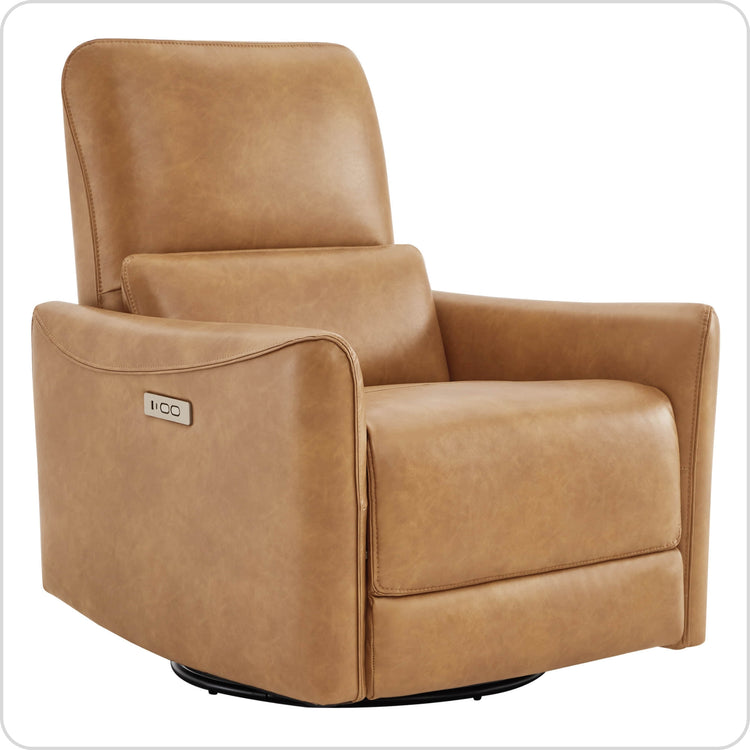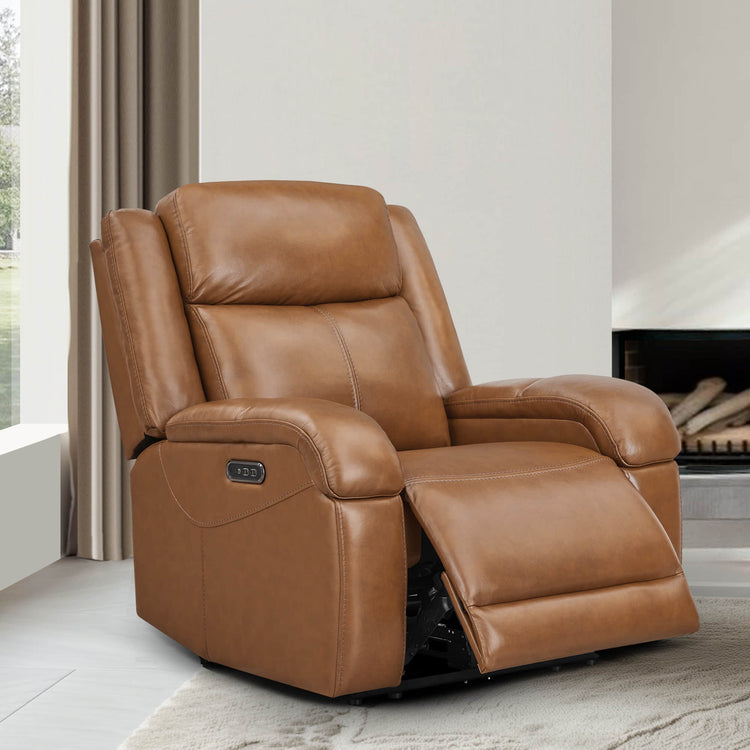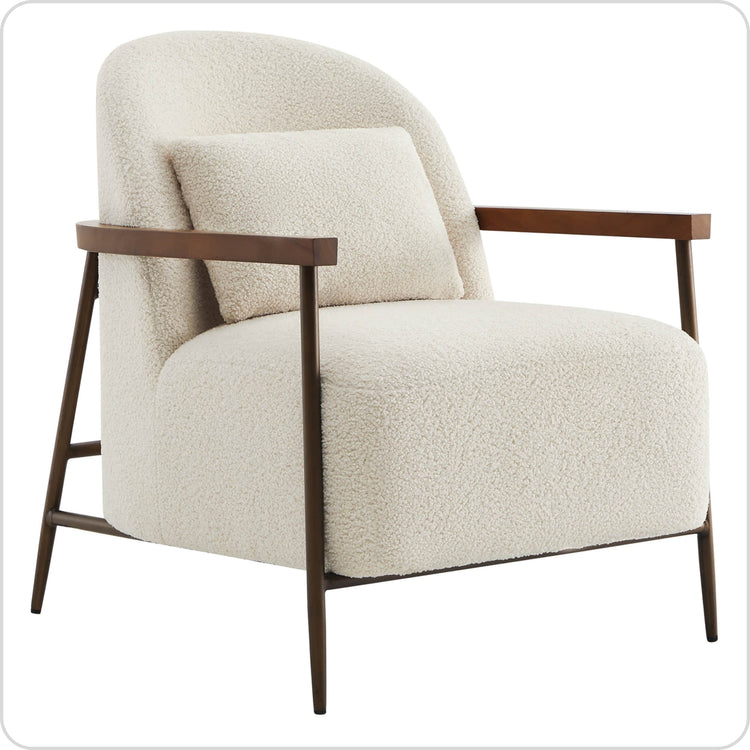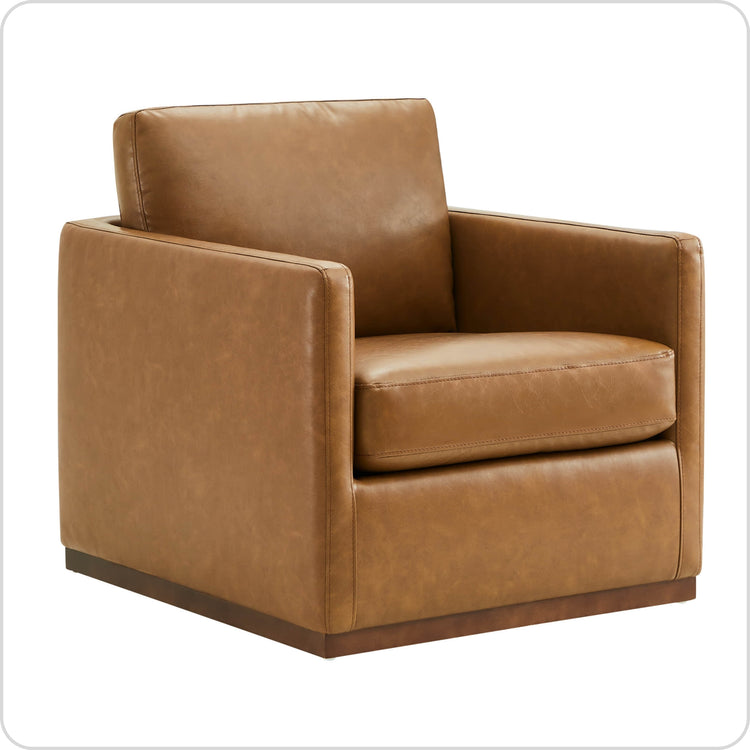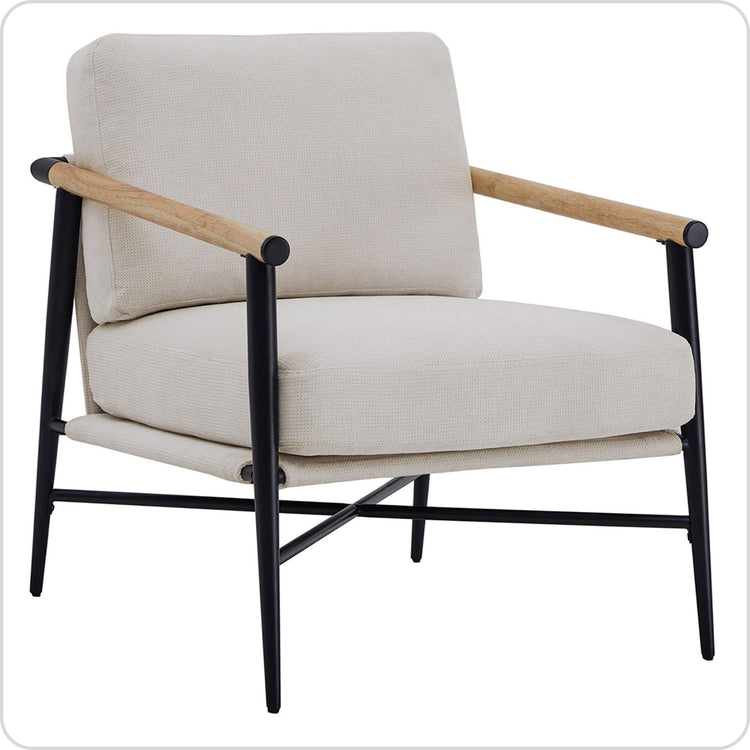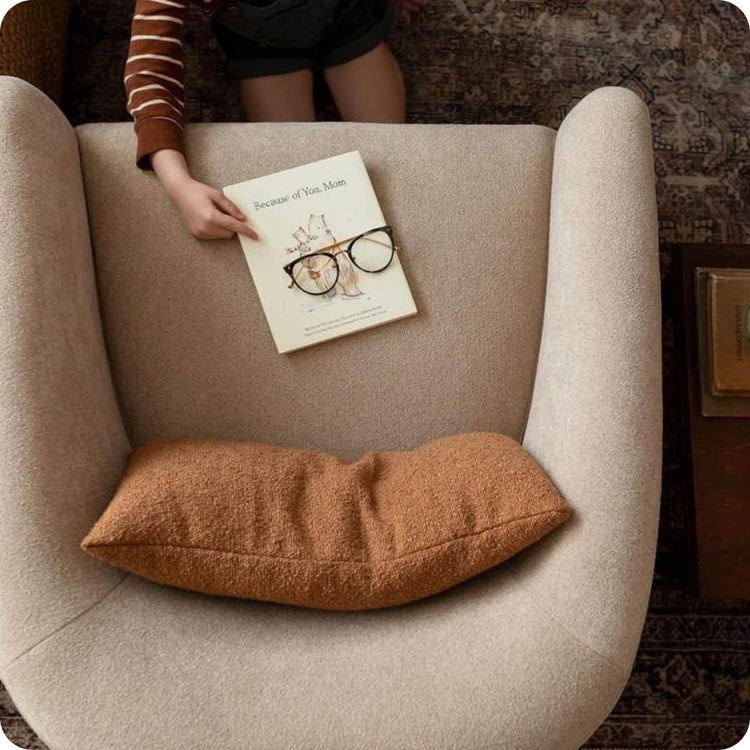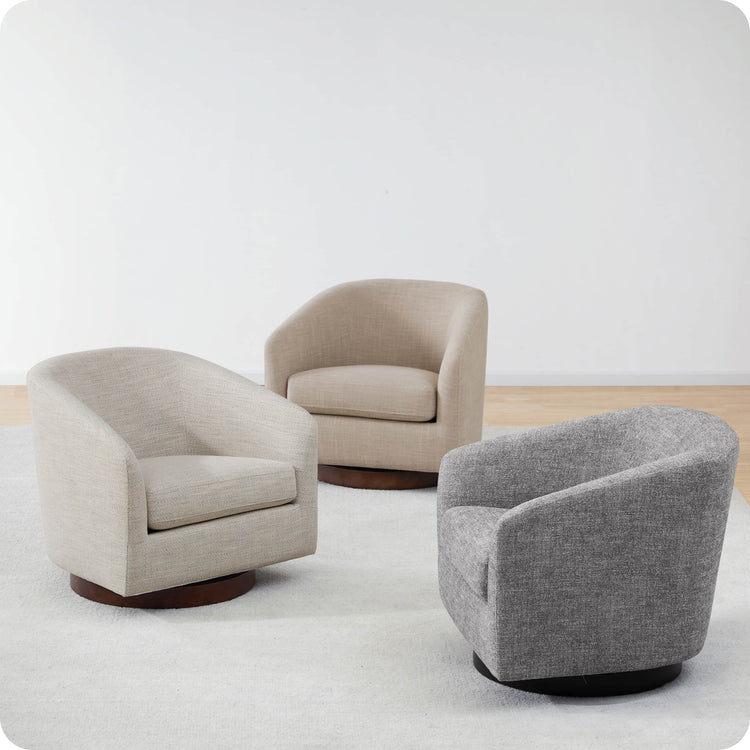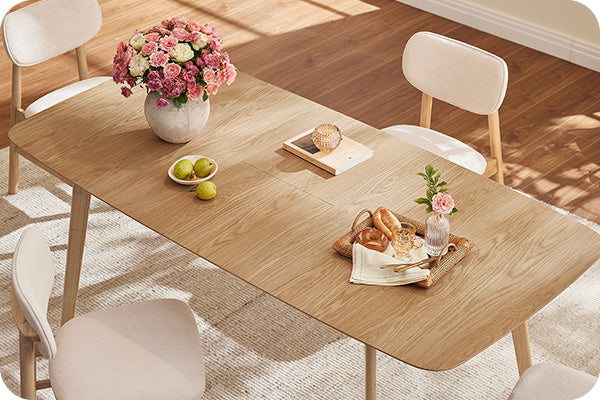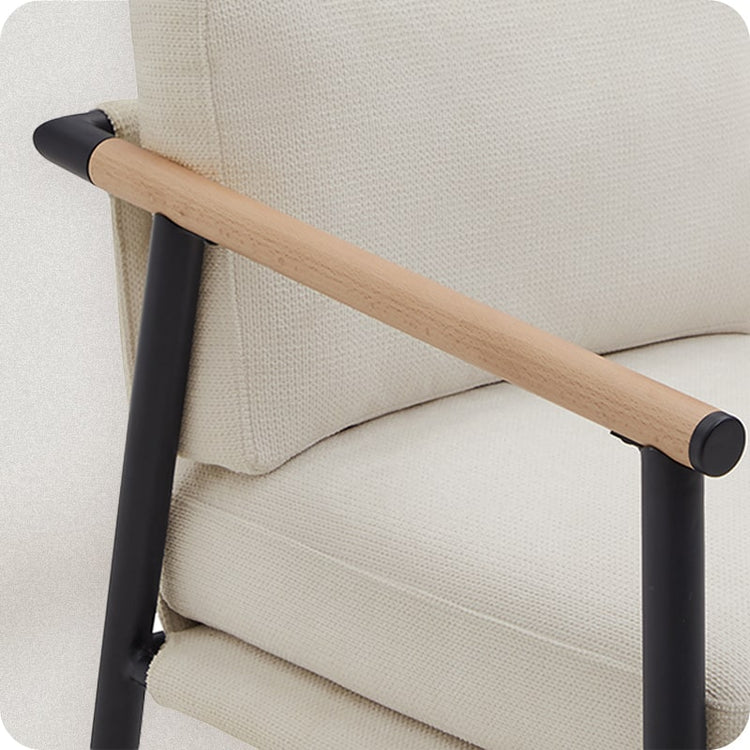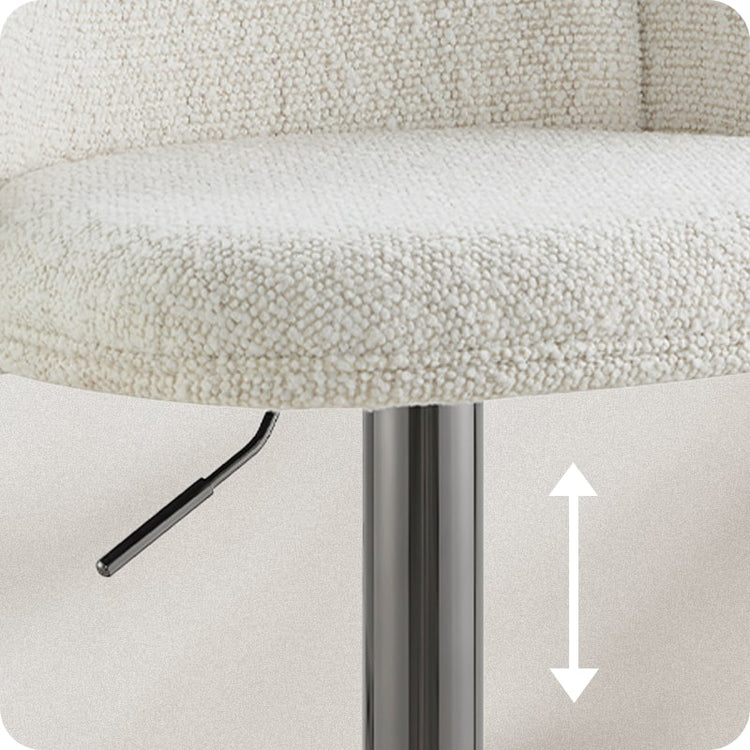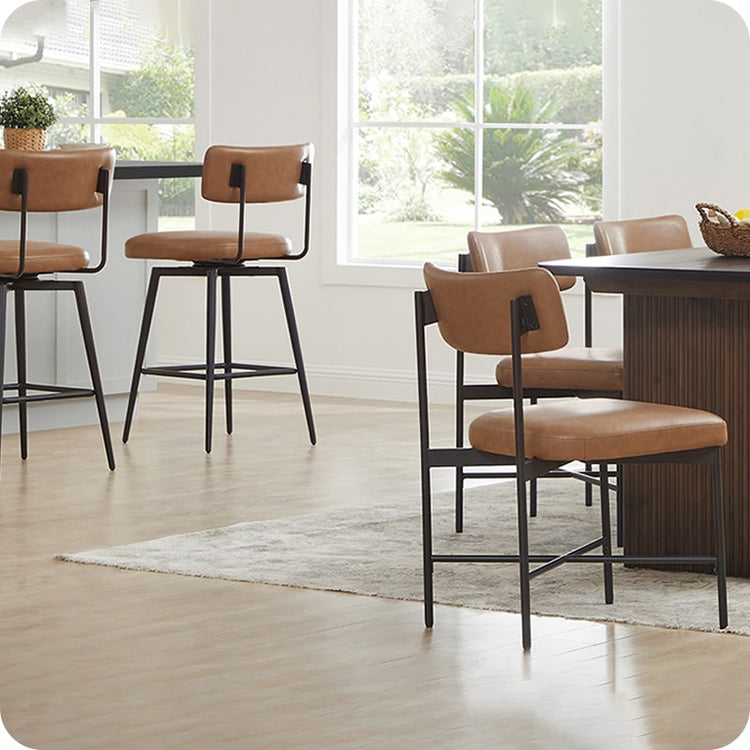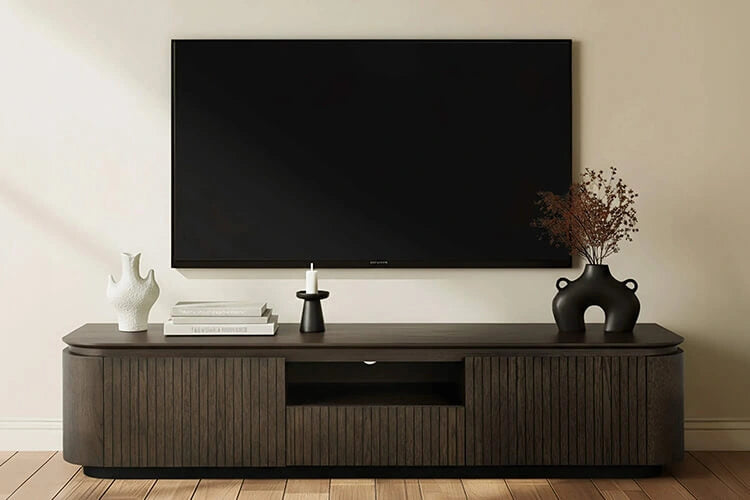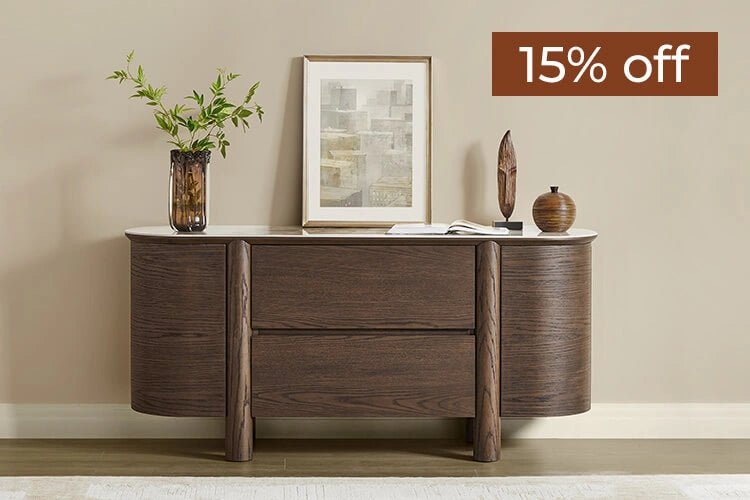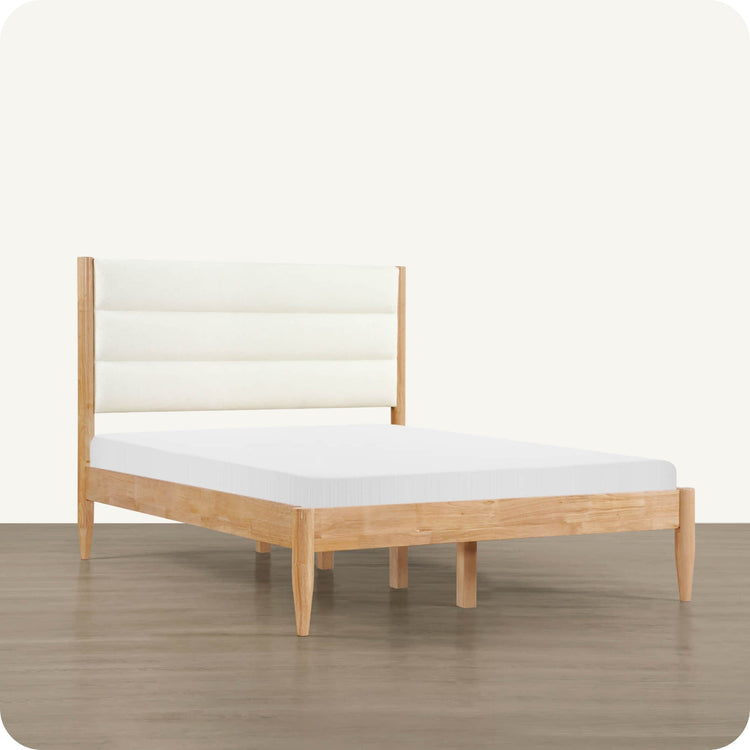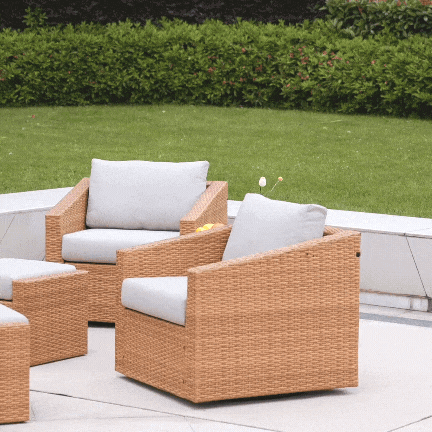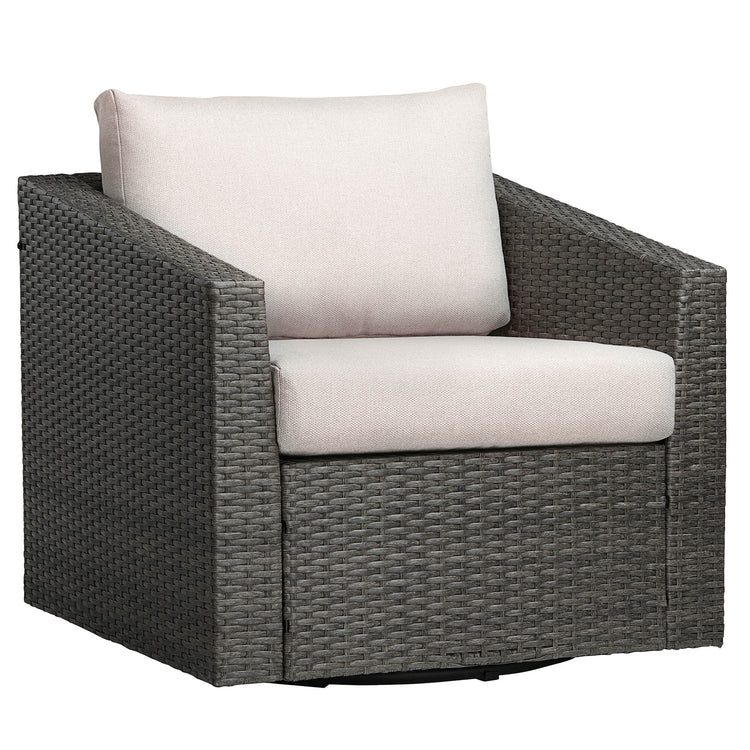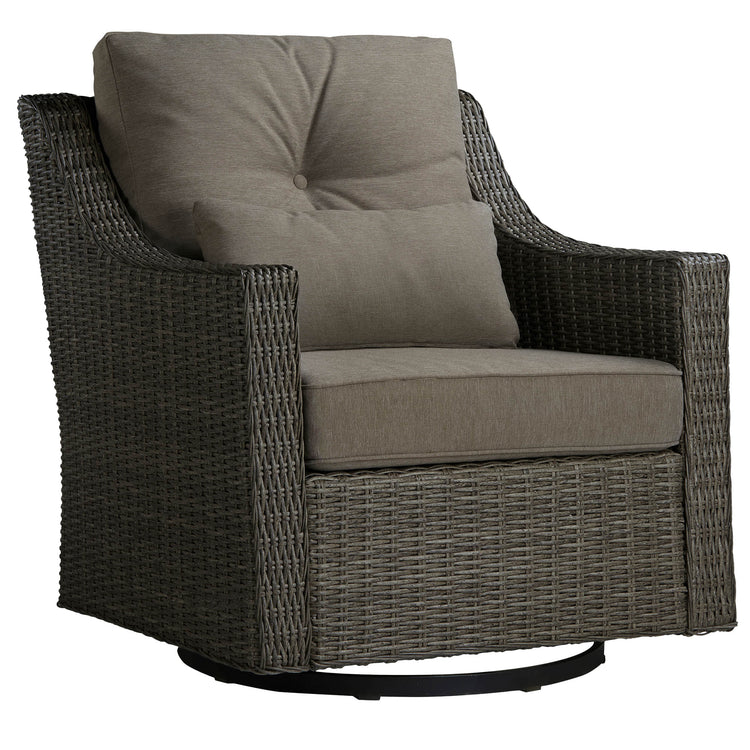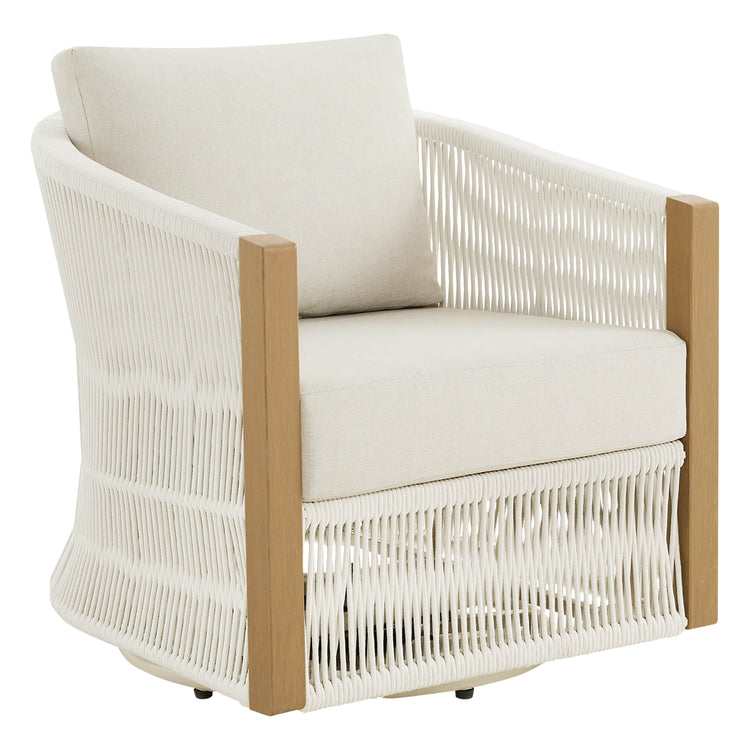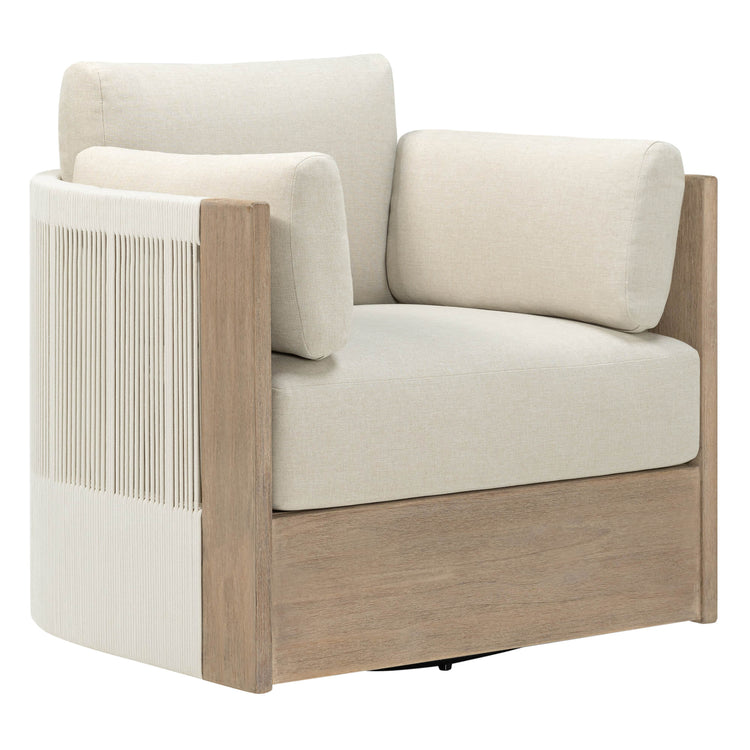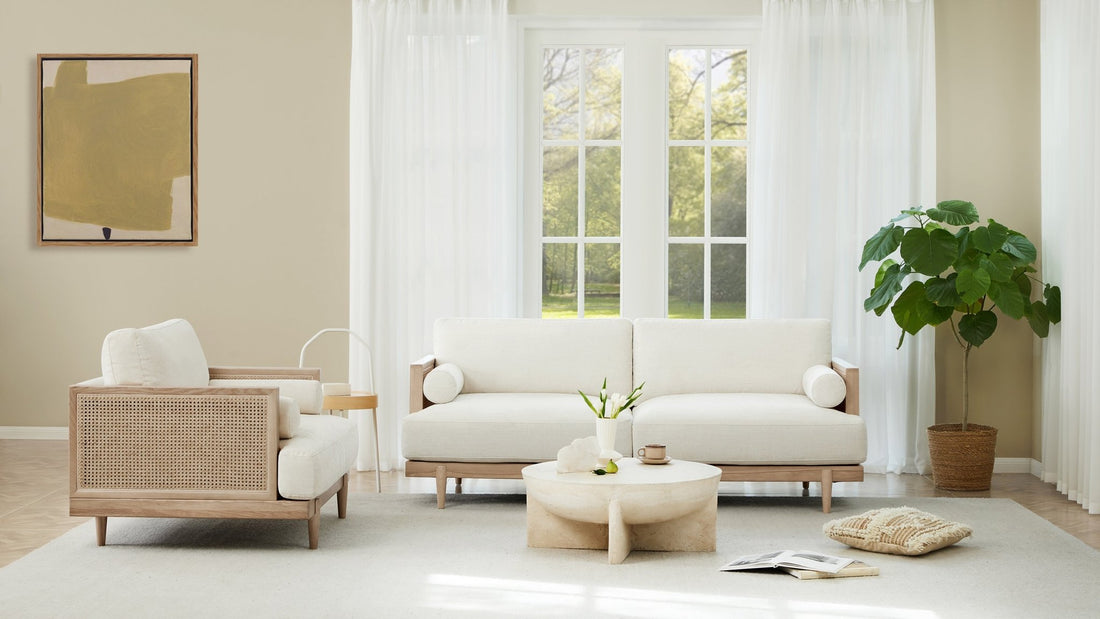Navigation
- Introduction
- Understanding Cane and Rattan
- Where Do Cane and Rattan Sofas Originate?
- The Differences Between Cane and Rattan
- Comparison of Indoor and Outdoor Use for Cane and Rattan Sofas
- Which is Better: Cane vs. Rattan?
- FAQs
- Conclusion
Introduction
Cane and rattan are both natural materials used to create stylish sofas. But what exactly are they, and what are the key differences between cane and rattan sofas? This article will compare the durability, style, suitable spaces, and pros and cons of these two sustainable sofa options.
Understanding Cane and Rattan
What Is Cane?
Cane is a tightly woven material made from thin rattan plant stems. The stems are gathered, peeled, cleaned, and dyed before tightly woven into durable panels or structures. The cane has a uniform, smooth texture once complete.

What Is Rattan?
On the other hand, rattan uses the actual climbing palm stems as a material. Rattan stems come in varied thicknesses, and the woven texture remains visible in furnishings.
Where Do Cane and Rattan Sofas Originate?
Both cane and rattan originate from and are widely used in the tropical regions of Southeast Asia, especially Indonesia and the Philippines. The rattan palm is sustainable as it regrows quickly after harvesting.
The Differences Between Cane and Rattan
The biggest distinction between cane and rattan is that cane sofas feature tight weaves of multiple stems for a smooth appearance. In contrast, rattan sofas showcase individual visible stems with a woven look. Cane sofas feel smooth, while rattan retains some texture from the stems. Let's take durability and style as examples:
Durability Comparison
Regarding strength and longevity, rattan generally performs better than cane. Solid rattan stems make rattan more durable and able to withstand moisture better than tightly wound cane. Rattan furniture can last for decades with proper care. In comparison, cane is more prone to splitting or damage from weather exposure like rain over time. Repairing rattan requires replacing individual stems, whereas cane damage often means a full replacement.
Style Distinctions
In terms of look and style, the cane has a more formal, elegant, and traditional vibe thanks to its uniform build. Cane fits classic living rooms and libraries well. Rattan lends a casual, tropical feel and suits laidback, eclectic, and beachy decor styles. Rattan comes in various hues after staining, but the cane typically remains a light brown.
Comparison of Indoor and Outdoor Use for Cane and Rattan Sofas
Cane is best suited for formal, indoor settings like living rooms, studies, and lounge areas. The delicate and refined aesthetic of cane adds sophisticated charm to spaces like these. Its lightweight yet sturdy frame complements antique furnishings, wingback chairs, and stately decor.

Rattan's rugged, weather-resistant qualities make it ideal for outdoor areas. Use rattan furniture on patios, porches, poolside lounges, or other covered exterior spaces. The casual, natural vibe of rattan fits seamlessly into eclectic, beach-inspired decors. Arrange rattan seating sets around a firepit or bar area for an exotic yet cozy ambiance.
By matching rattan and cane wicker styles with their optimal indoor and outdoor environments, you can enjoy stylish, long-lasting furniture pieces that enhance your living space. Cane brings ornate beauty inside, while rattan lends bohemian flair outside.
Good news! If you are looking for a cane sofa for indoor use, we highly recommend our new arrivals- Julane Modern 3-Seater Cane Sofas. The Julane sofa offers plush comfort with foam-filled cushions and sinuous spring support. High-quality materials like durable polyester-linen upholstery ensure long-lasting wear and easy maintenance. Subtle details like tiny brass nails along the baseboard add vintage touches. Whether placed in a chic downtown loft or cozy suburban home, this mid-century modern sofa lends your space a refined yet relaxed vibe.

Which is Better: Cane vs. Rattan?
When selecting cane or rattan furniture, consider the pros and cons of each material. Cane's benefits include an elegant, ornate appearance well-suited for traditional, formal decors. However, the cane has significant drawbacks regarding durability. Without protection from moisture and humidity, the cane is prone to warping, discoloration, and peeling over time.
Rattan's main advantage is its rugged durability and weather resistance, making it ideal for outdoor spaces. However, the unsealed rattan requires occasional maintenance, like cleaning and conditioning, to maintain its finish. Analyze where the furniture will be used and the desired aesthetic before deciding between these two wicker styles. For indoor elegance, opt for the cane's ornate appeal. For outdoor longevity, choose hardy rattan.

FAQs
Q1: Is cane or rattan more comfortable?
Both cane and rattan can provide comfortable seating as their woven structures help evenly distribute weight. However, rattan's natural flexibility may allow for slightly more contouring to one's shape than a cane's more rigid structure.
Q2: How to clean and care for cane vs. rattan?
Cane can be dusted or wiped down with a mild soap and water. Rattan may require occasional spot treatment of stains with a pH-neutral cleaner and protection with a leather conditioner.
Q3: Which material is more eco-friendly?
Rattan is considered more environmentally friendly as the palm trees are fast-growing, and harvesting them helps promote new regrowth. Cane production requires more processing and uses more resources.
Q4: Do cane or rattan sofas last longer?
On average, rattan furniture is more durable and can maintain structural integrity for 20-30 years with care. Cane sofas typically last 10-15 years before the material starts degrading from sun/wear exposure.
Q5: Is cane always cheaper than rattan?
While cane sofa initial costs may be slightly less, rattan proves more affordable in the long run due to its incredibly long lifespan before replacement is needed. Rattan sofas also retain their resale value well.
Conclusion
Both cane and rattan make gorgeous, sustainable additions to a home. For furniture that needs to stand up to indoor kids and pets, rattan proves the sturdier choice. Cane fits a formal setting better with its polished demeanor. Considering how and where a sofa will be used helps decide which material suits your lifestyle and decor preferences best in the long term.
Read More
- How to Clean and Care for Your Fabric Sofas – CHITA LIVING
- Comparisons Between Sectional and Modular Sofas: Key Considerations fo – CHITA LIVING
- Exploring the Versatility of Modular Sofas: A Comprehensive Overview – CHITA LIVING
- The Power of Minimalism: How Minimalist Design Can Transform Your Home – CHITA LIVING
- Bar Stools vs Counter Stools: What's the Difference and Which One Do Y – CHITA LIVING
